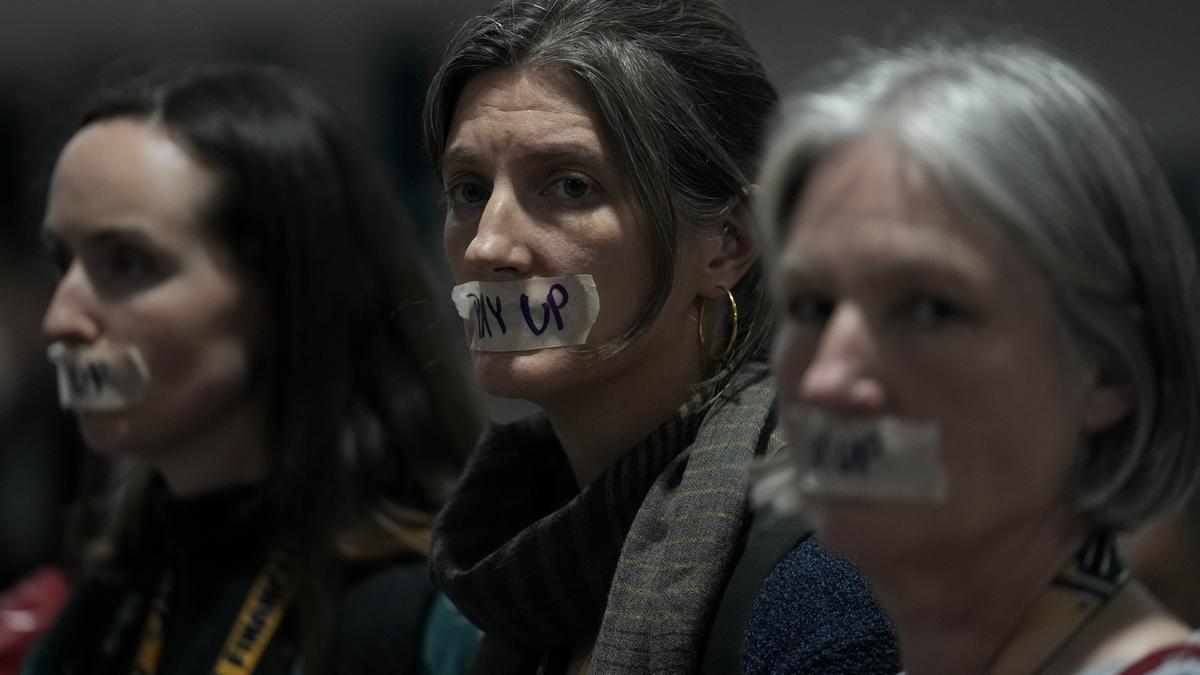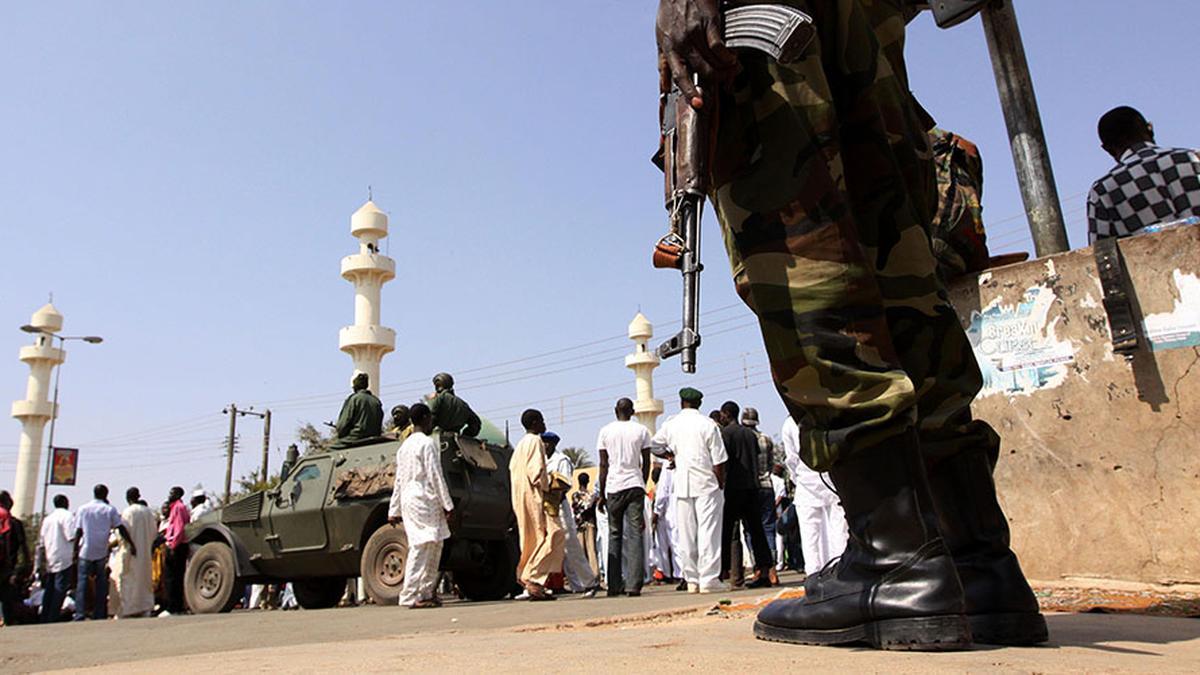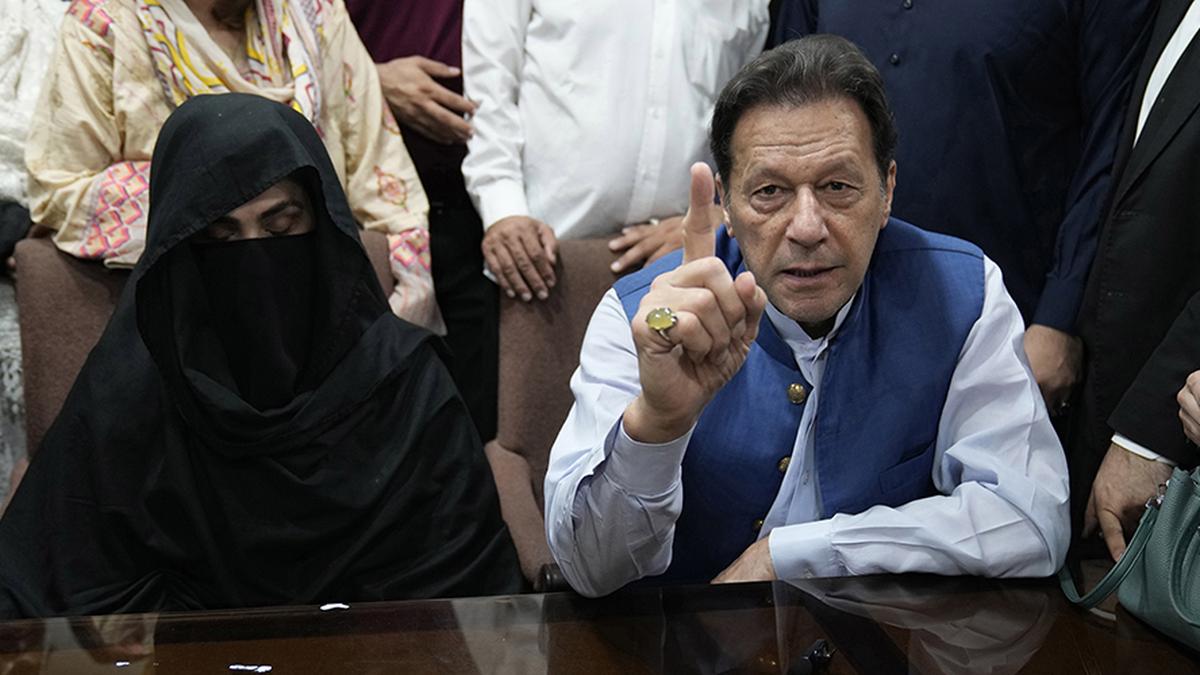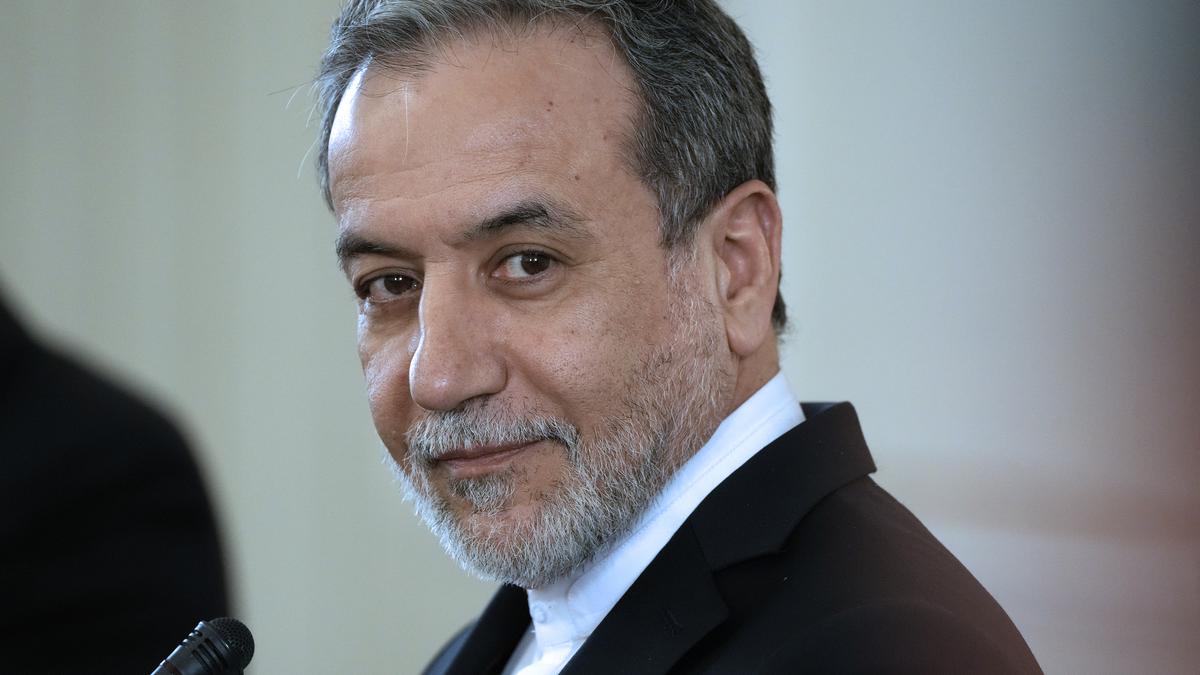Despite running into overtime, very little headway had been achieved at the U.N. climate summit in Baku late on Saturday (November 23, 2024) in terms of bringing developed and developing countries any closer to agreeing to a new global financial target, called the New Collective Quantitative Goal (NCQG), for a moonshot at preventing a runaway rise in global temperatures. The conference was scheduled to end on Friday.
Negotiators who had been up since Friday morning were expecting another sleepless night on Saturday, one of them told The Hindu, after the latest attempt by hosts Azerbaijan failed to bridge the gap between blocs of developing and developed countries. This year, the COP Presidency is headed by Azerbaijan Minister Mukhtar Babayev. In fact, matters were so fractious that members of the Least Developed Countries (LDC) bloc and the Alliance of Small Island States (AOSIS) said they would walk out of negotiations.

“We have temporarily walked out but remain interested in the talks until we get a fair deal,” said Evan Njewa of Malawi, the LDC chair, in a post on X.
‘Nickels and dimes’
The newest version of a draft text that is being deliberated upon raised the NCQG goal to $300 billion a year, to be given to developing countries by 2035. This was a hike from the $250 billion promised as on Friday night, after a massive outcry by most of the countries and civil society groups on the ground. These numbers are still substantially lower, they say, than the $1.3 trillion expected from developed countries.
“This is going the wrong way. Collecting nickels and dimes. They [developed countries] should have first raised $1 trillion in additional resources at the G-20, come prepared and then funded climate cleanly. Now, there is no chance. Better to call it off,” Dipak Dasgupta, a Distinguished Fellow at The Energy Resources Institute (Teri), said in a statement.

Implementation is key
Some analysts, however, suggest that there has been some progress over the last 24 hours, with a stated commitment to “triple finance flows” through specialised funds called the Adaptation Fund, the Special Climate Fund, and the LDC fund. “On the whole, a positive step forward for international climate finance – but the key lies in implementation of the stated intentions,” said Dhruba Purkayastha, director of the Council on Energy, Environment and Water.
He added that, while still not explicit, the plan seems to be that the developed world would use bilateral and multilateral institutions to channel $300 billion and use that to mobilise the required $1.3 trillion.
Other glimmers of optimism appear in paragraphs that aim to increase ‘grant financing’ (or loans that do not need to be paid back) and periodic reviews of whether those eligible for finance have the required access.
‘Headline management’
The negotiator referred to earlier said that counting money from multi-lateral financing institutions was a deal breaker as that did not reflect funds over and above what was anyway going to be provisioned for climate-based adaptation. “It is an attempt at headline management, rather than a desire to effect meaningful change,” the negotiator said.
It is not unusual for the climate talks to extend well beyond its scheduled end. For instance, the COP held at Madrid in 2019 went two days beyond its deadline before agreeing to a text though that was widely described as a “watered down” agreement.
Published – November 23, 2024 09:56 pm IST





